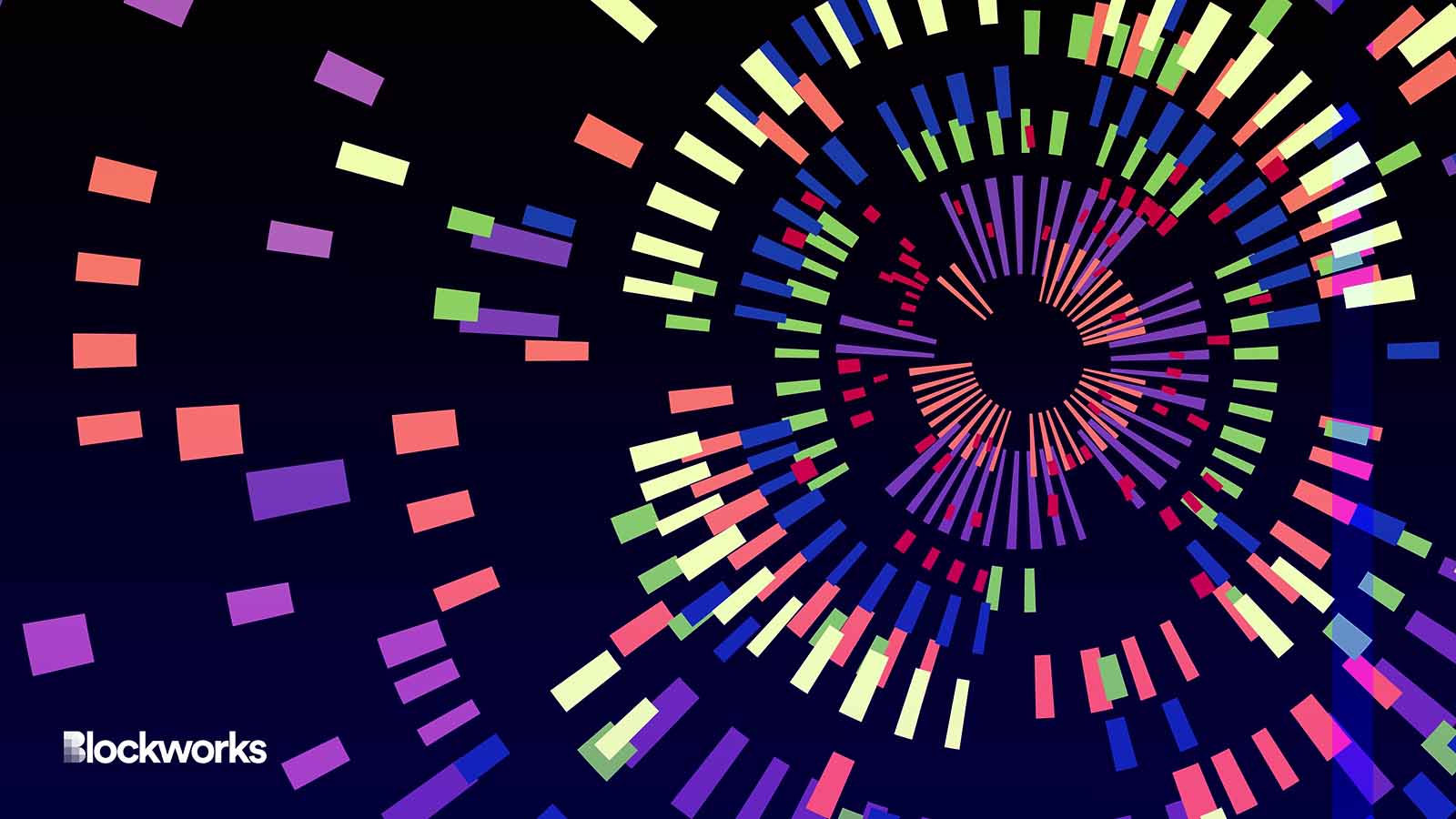Figment Capital wants to bring distributed validator technology to sequencers
Figment Capital is exploring decentralized sequencing technology with Obol Network

lanatoma/Shutterstock modified by Blockworks
Decentralizing Ethereum layer-2 solutions has been an ongoing challenge for ecosystem participants, but Figment Capital thinks that distributed sequencer technology (DST) could put an end to this headache.
Sequencers are blockchain nodes run by layer-2 solutions to reach consensus. They are a critical tool to help build and propose blocks, and significantly reduce the cost to transact on Ethereum.
In today’s ecosystem, layer-2 solutions largely maintain only one sequencer — meaning that it is subject to centralization risks.
If rollups end up being centralized systems built on top of a decentralized network, then it defeats the purpose of having a decentralized system in the first place, Dougie DeLuca, an investor at Figment Capital, told Blockworks.
“We came up with a new idea for a potential sequencer design,” DeLuca explained. “What we’ve been ideating is a new solution that can essentially serve as a stop gap solution until a more complex and maximally decentralized design is available to be used.”
This design is largely similar to distributed validator technology (DVT), where the responsibilities of a validator are distributed across different operators or machines.
“Right now with validators you have one operator, one machine, and if a validator becomes compromised or goes offline, they would be subject to slashing conditions — which basically means they will get penalized for not doing the work that they’re supposed to do,” DeLuca said.
With DVT, you can have one validator being serviced by six different machines, DeLuca noted.
“What that accomplishes is fault tolerance, which means if one sub-validator cluster goes offline, the other five are still working as intended, so as a result we get a more resilient network,” he said.
DVT also enables features such as network geographic distribution — making networks less prone to regulatory risks and network outage (such as the most recent Etheruem outage).
Using DVT as a framework, DeLuca noted that he and other Figment team members had an idea of repurposing it for sequencers.
“There are people using it today who can testify that it works, so instead of thinking of a brand new design that would take forever to implement, let’s think of something that can be used in the mid-term…so just like DVT, DST can be applied to a single sequencer and it can distribute responsibilities of running the sequencer across a cluster of machines and operators,” he said.
Although Figment Capital will not be building out the technology themselves, DeLuca shared that Obol Network is currently having conversations with different rollup teams to explore the possibilities of this technology.
Get the news in your inbox. Explore Blockworks newsletters:
- The Breakdown: Decoding crypto and the markets. Daily.
- 0xResearch: Alpha in your inbox. Think like an analyst.






